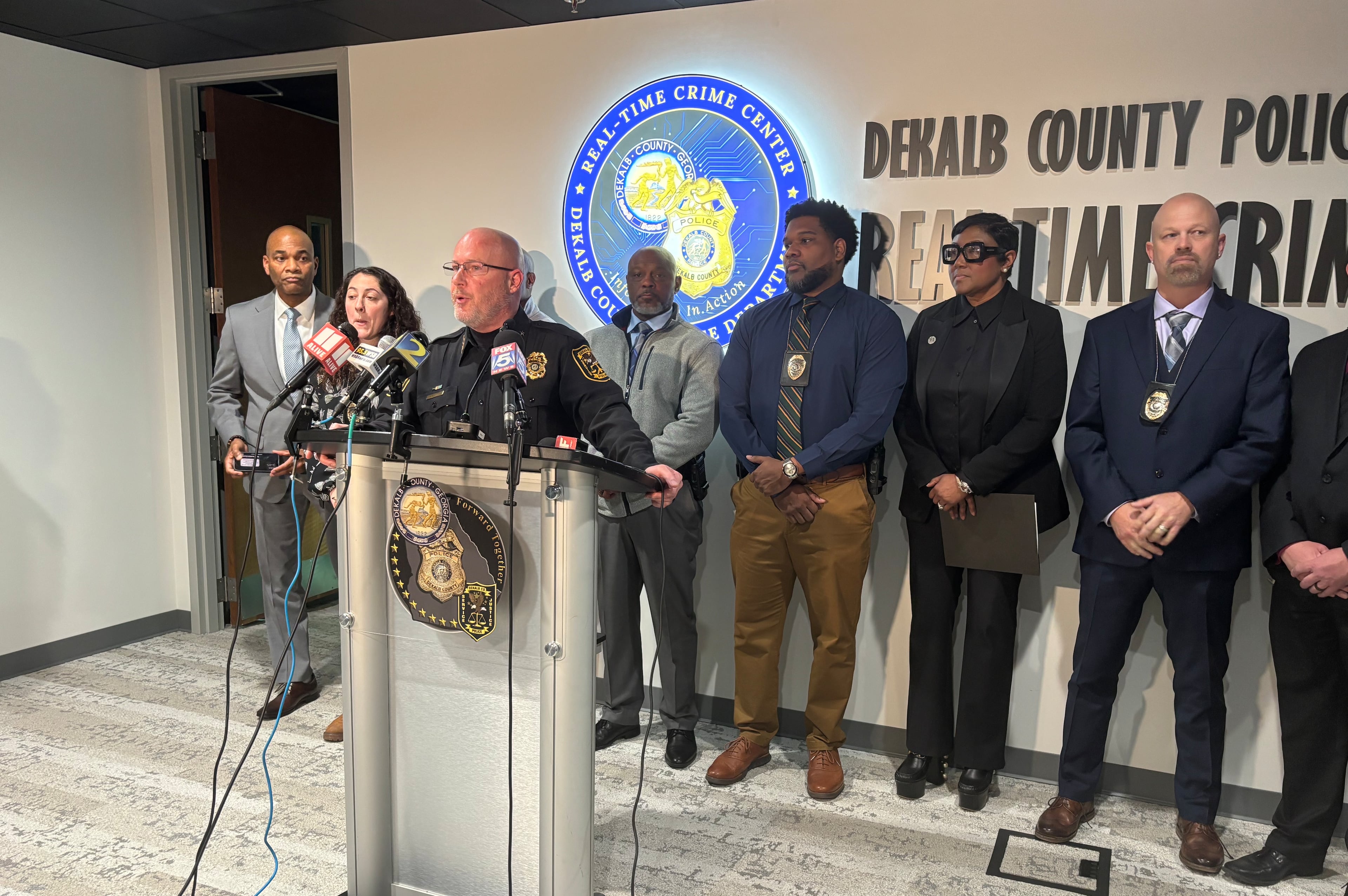First year of I-85 HOT lane brings drivers but less money than expected
It’s been one year for the I-85 HOT lane.
So, is it a boon, or boondoggle?
According to documents obtained by The Atlanta Journal-Constitution, the latest data show the lane’s toll revenues have failed to meet expectations, falling short of even the state’s lowest-case predictions.
That’s no shock since drivers shied away at the beginning, and forced the state to lower the toll rate to draw traffic to the toll lane. For those who stayed in the regular lanes, it prompted a popular uprising. Two-person car pools that couldn’t or wouldn’t pay were ejected from the HOV lane into the regular lanes, and some drivers said worsened congestion forced them to change their commutes.
But the HOT lane is being used. Thousands have signed up for the Peach Pass, and revenue is significant, and generally rising. If it keeps rising, it might eventually pay for the costs of operating the lane, though that was not the reason for installing the toll. (Managing traffic and offering paying drivers a choice was, according to state officials.)
State Road and Tollway Authority officials say they’re not disappointed with the revenues, and note that their last-minute revision to predictions wasn’t that much off the actual revenues. A spokesman for Gov. Nathan Deal noted that Deal “moved aggressively” to lower the cost of the tolls and give a grace period to toll violators, which explains some of the revenue gap.
And while some of those Peach Pass holders are unhappy at having to pay, others say they’re delighted to purchase the option of zipping past rush-hour traffic without having to arrange a car pool.
One thing is not in dispute: The project is the foot in the door for metro Atlanta’s transportation future, though future tolls will likely add new lanes to highways rather than taking over existing space.
“As the governor has said repeatedly, he believes that optional tolling lanes are a viable and necessary option for expanding capacity in our most heavily traveled corridors,” said Deal’s spokesman, Brian Robinson.
Here’s the story so far, in data provided by SRTA for October 2011-August 2012:
$3.05 million
The I-85 toll revenue in the first 11 months.
$3.3 million to $6.7 million
The I-85 toll revenue predicted for the first 11 months by a 2009 state study prior to the lane’s opening. That’s in 2009 dollars (and for an earlier opening, January). In 2012 dollars, the figures are higher and the gap is even bigger. At the moment, the low revenues are not a problem for SRTA, which makes extra money on the Ga. 400 toll.
$2.4 million
The I-85 HOT revenue in the first nine months, including fines for violations.
$2.5 million to $5 million
The I-85 HOT lane revenue predicted for the first nine months, in a subsequent study. Just one week before the road’s opening, after the state saw how many Peach Passes were being sold, it revised its revenue predictions. This is also for the actual opening period starting in October, a benefit since different months of the year have different traffic patterns.
430,000
I-85 HOT lane trips in August 2012.
160,000
I-85 HOT lane trips in the opening month, October 2011.
$5.95
The highest toll rate charged yet, on Sept. 11, 2012, from 6:52 a.m. to 7:10 a.m. — and Tuesday morning.
$432,000
The toll revenue collected in August, the most in any of the first 11 months.
$56 million
The cost of implementing the HOT lane, including building it, advertising for it, and other costs. Paid by state and federal funds.
$3.9 million
The cost of operating the I-85 HOT lane in the fiscal year 2012.
190,000
Peach Passes issued through August. This also includes Ga. 400 drivers.
14 percent
The portion of HOT lane drivers recently who don’t pay. Cars with three or more occupants drive free, as do motorcycles, cars with alternative fuel license plates, and transit vehicles.
And next …
I-75/I-575
In Cobb and Cherokee counties, the state Department of Transportation has a short list of teams that have qualified to bid on the nearly $1 billion project on these interstates. Plans for this optional toll lane project would not allow three-person car pools to drive free. Like the other toll projects, this project would pay off the contractors at the lane’s opening, and the state would be in charge.
I-75
In Henry County, the DOT expects this project for an additional optional toll lane to go under construction within months.
I-85
The I-85 HOT lane in Gwinnett will be extended northward to Hamilton Mill Road and perhaps beyond, but this time by adding an additional lane. This one could go under construction in 2017, according to state officials.


